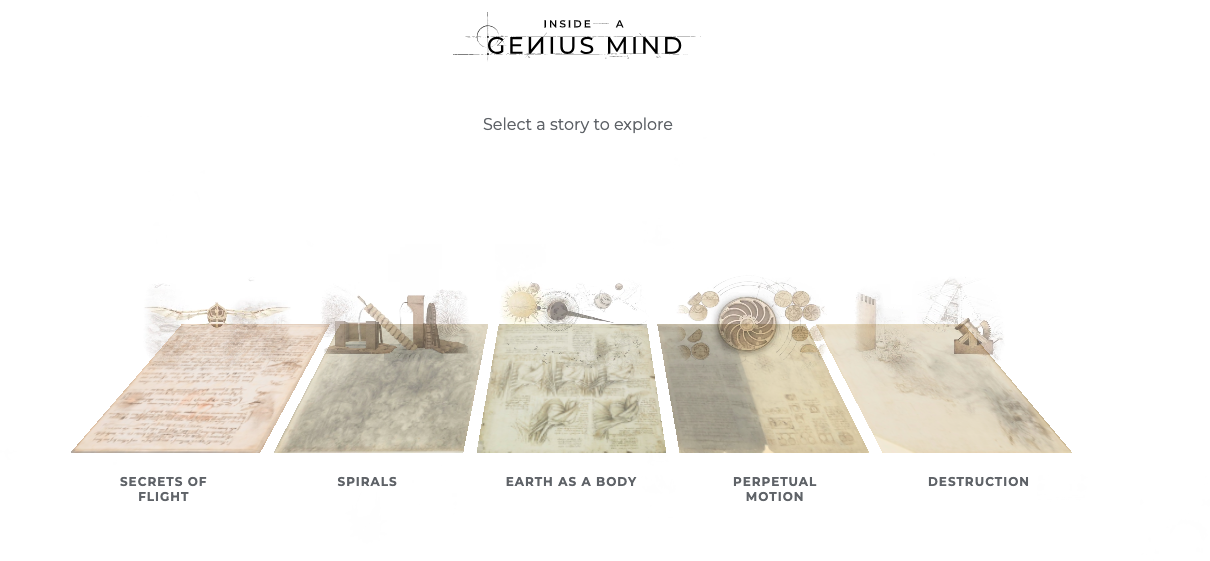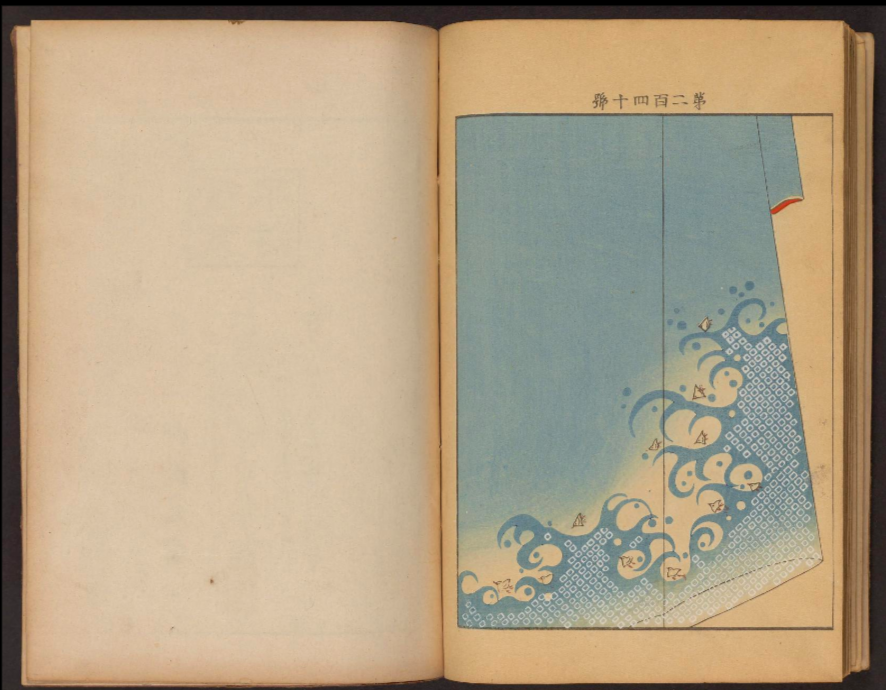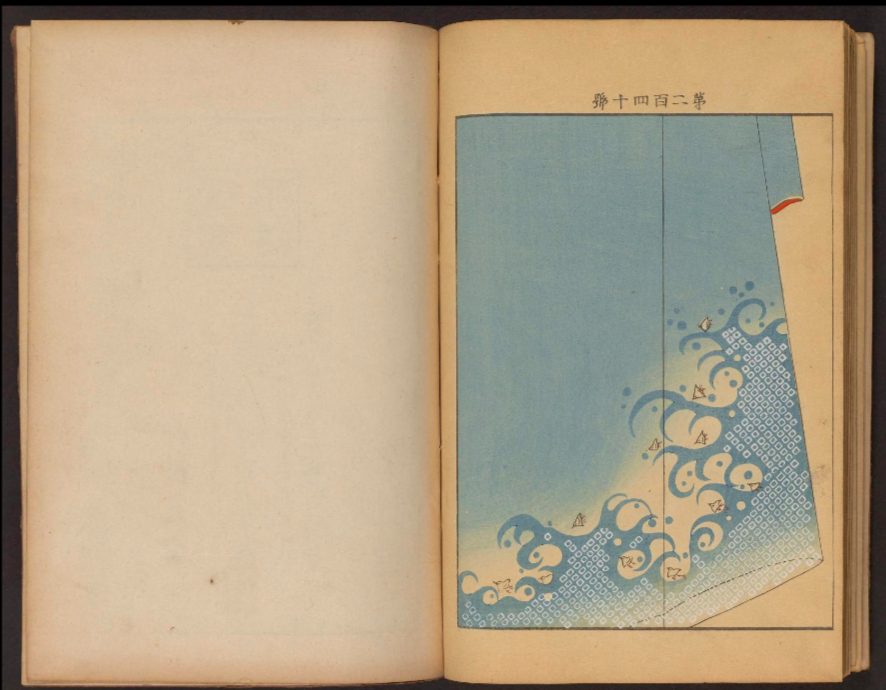If you think cannabis possesses a broad range of applications, olive oil is going to blow your mind!
Humans have been hip to this miracle elixir since approximately 2500 BCE, when Mediterranean dwellers used it as lamp fuel and to anoint royalty, warriors, and other VIPs. (Not for nothing does “messiah” translate to “the anointed one”…)
Its culinary applications entered the mix between the 5th and 4th centuries BCE.
Even amurca, the bitter tasting, foul smelling liquid byproduct of the oil pressing process had numerous things to recommend it, as least as far as the ancient Romans were concerned. They used it as a fertilizer, a pesticide, a floor plaster, a sealant for jars, a fire accelerant, moth repellent, axel grease, a surface varnish, a nutritional supplement for livestock, and a remedy for skin diseases and infections.
It’s also a serious pollutant, so good on them for diverting it from the landfill.
Methods for extracting this practical, nutritional powerhouse from the olive fruit have evolved over time.
Bronze Age frescoes and ancient papyri document the earliest approach.
The Romans and Greeks took things up a notch with mechanical presses, such as the replica at the Biblical History Center, above.
In an episode of his National Geographic Uncharted series, chef Gordon Ramsay traveled to Morocco to take a turn at one of the manually-turned stone grinding wheels that were the Middle Ages’ contribution to the history of olive oil, discovering in the process that such “bloody hard work” is better accomplished by an ass.
His labors were rewarded with a taste of olive oil straight from the press - oh my lord, that is beautiful! I’ve heard of extra virgin but this is gonna be extra-extra virgin!
Insider Food tracks olive oil to the 21st century, where production is underway at a mill in Monopoli in the southern Italian region of Puglia, an area where olive trees outnumber humans, 15 to 1.
Puglia’s 1,000-plus mills supply 40% of the country’s olive oil production, and 12% worldwide.
Contemporary olive oil makers obtain a traditional quality product by splitting the difference between the ancient and the modern, with conveyor belts ferrying the fruit to a vat where machine-driven granite wheels crush them to a pulp.
It’s less picturesque, but also more efficient and hygienic than pre-Industrial methods, thanks, in part, to rubber gloves and stainless steel.
Grading oil according to its purity is also a modern innovation, providing consumers a handle quality, taste and health attributes.
Learn more about the history of olive oil here, then get cookin’!
Related Content
Visit Monte Testaccio, the Ancient Roman Hill Made of 50 Million Crushed Olive Oil Jugs
3,000-Year-Old Olive Tree on the Greek Island of Crete Still Produces Olives Today
Cook Real Recipes from Ancient Rome: Ostrich Ragoût, Roast Wild Boar, Nut Tarts & More
– Ayun Halliday is the Chief Primatologist of the East Village Inky zine and author, most recently, of Creative, Not Famous: The Small Potato Manifesto and Creative, Not Famous Activity Book. Follow her @AyunHalliday.























